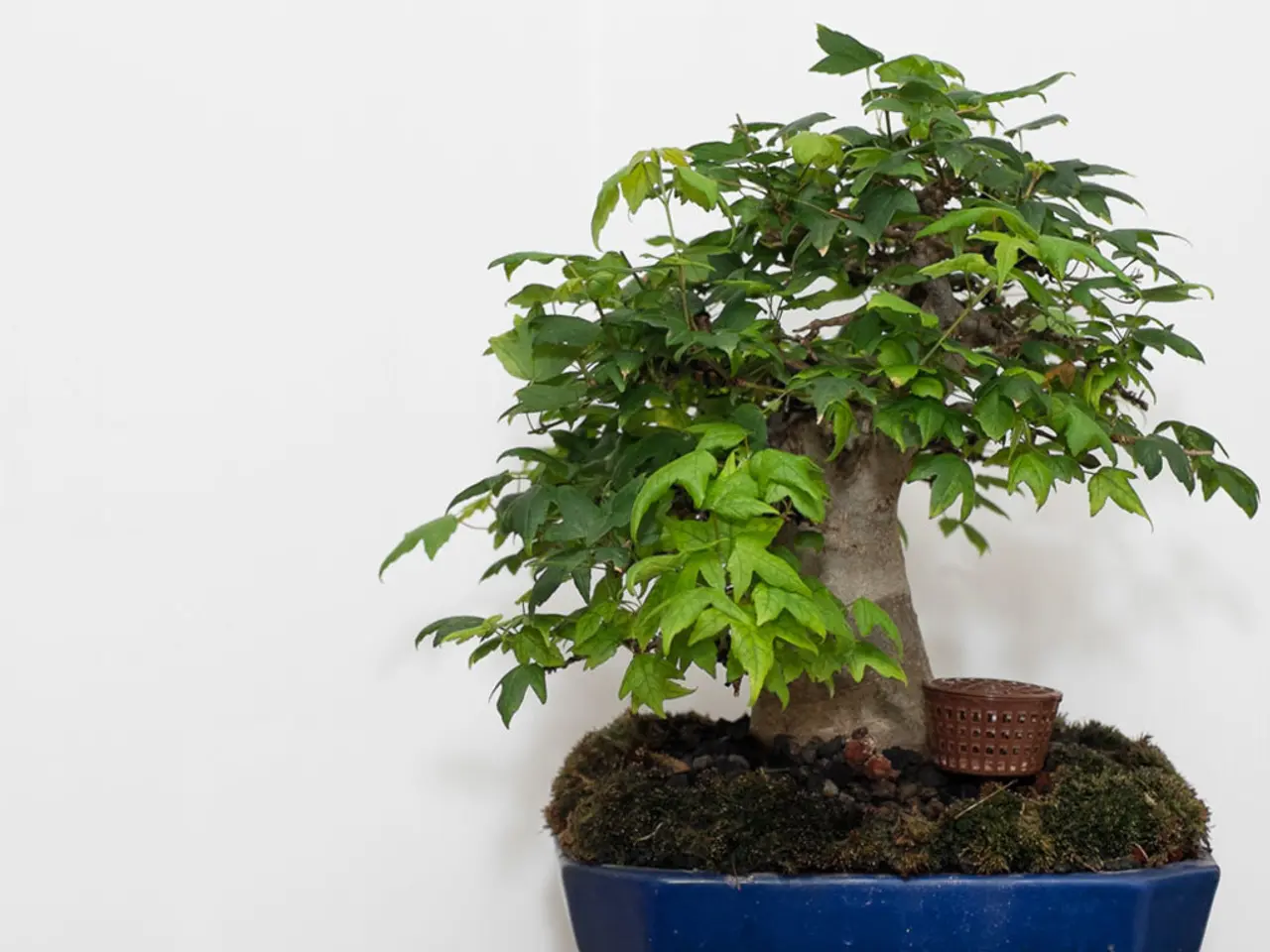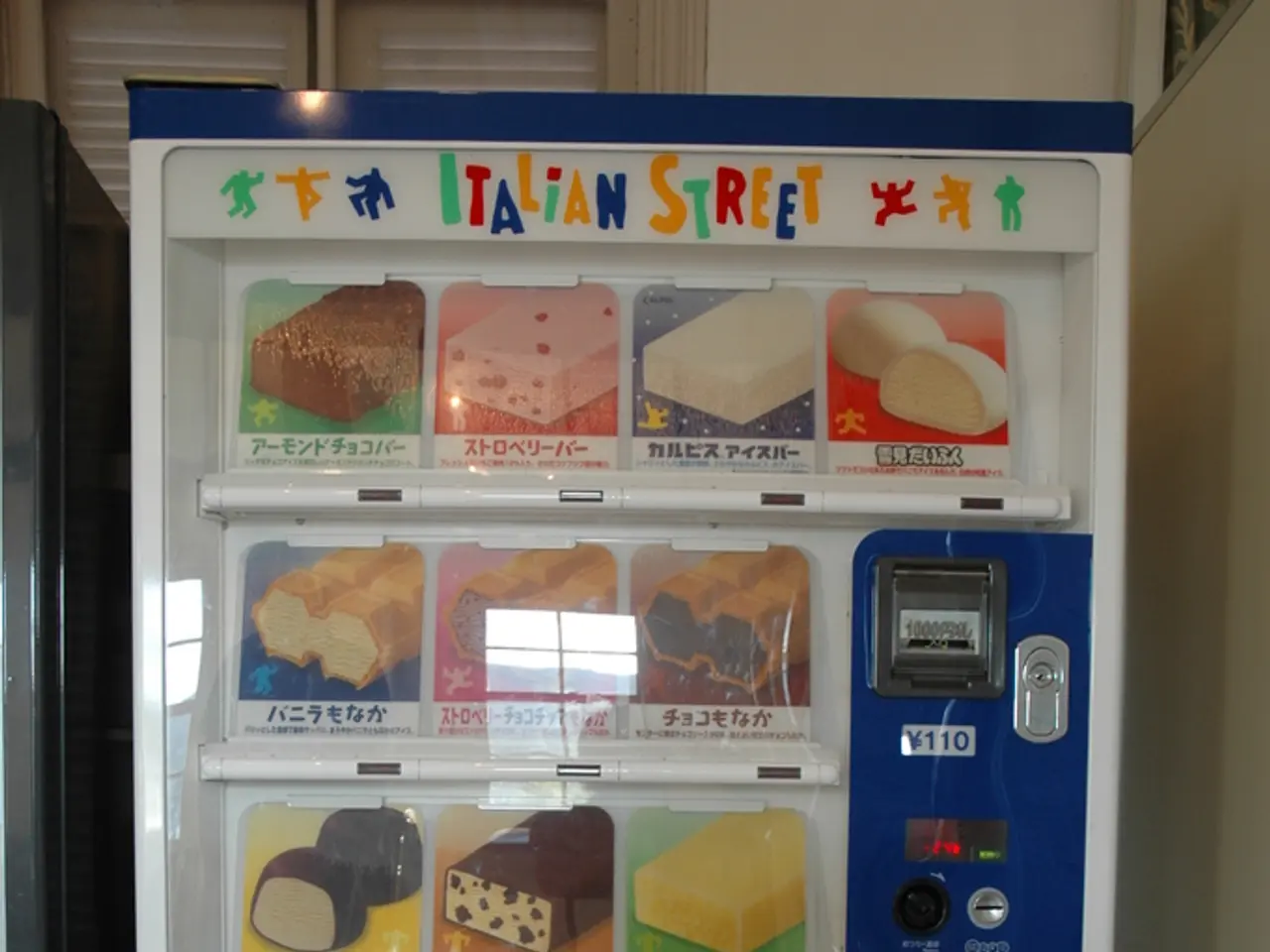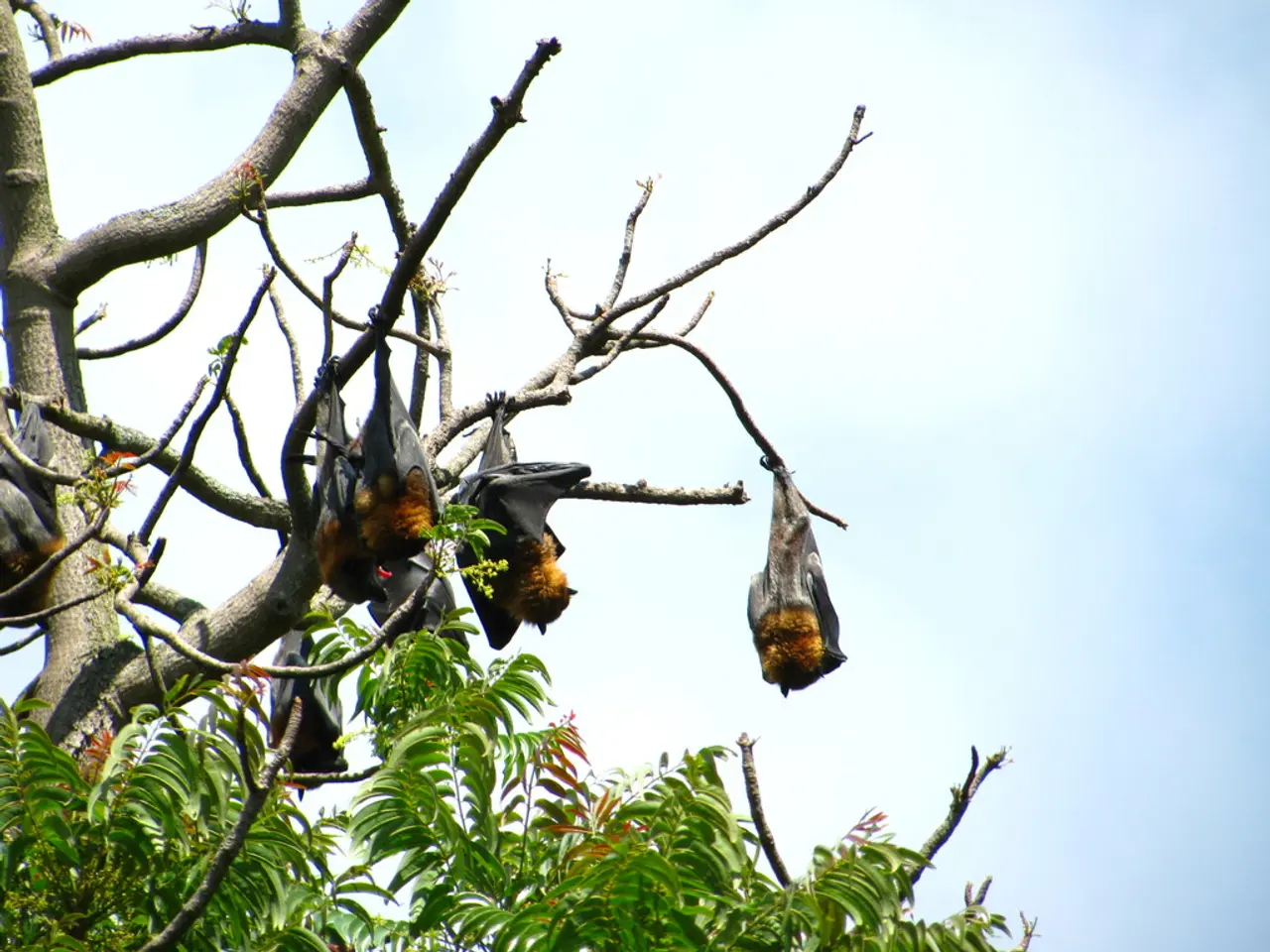Bonsai Tree Transformation through Grafting: Mixing Species and Unleashing Imagination
In the world of bonsai, creativity knows no bounds. One innovative technique that transcends traditional horticultural boundaries is bonsai grafting, a practice that involves combining disparate species to create one-of-a-kind forms. By understanding compatibility and mastering grafting techniques, bonsai enthusiasts can craft unique and visually captivating trees.
The art of bonsai grafting begins with selecting the right scion, a term for the branch or shoot that will become the new tree. The scion should complement the rootstock's characteristics, share similar growth rates, climate tolerance, and compatibility. For an ideal union, the scion and rootstock should have similar diameters and aligned cambium layers, the layers responsible for new growth.
Successful bonsai grafting relies on compatible species pairs with complementary characteristics. While specific examples of such pairs might not be widely documented, focusing on trees within the same genus or family often yields promising results. For instance, grafting different varieties of Japanese maples onto a common rootstock preserves the exact cultivar characteristics. Similarly, different citrus species like oranges, lemons, and limes can be grafted onto each other due to their close relation and similar growth habits.
However, for bonsai specifically, the focus is often on artistic shaping rather than species compatibility alone. Common bonsai species like Ficus, Juniper, and Pine are not necessarily grafted but rather shaped and pruned to achieve the desired form.
When grafting for bonsai, artists should consider growth rates, hardiness, and adaptability when selecting species pairs. This ensures a harmonious union and minimizes the risk of rejection. A gentle, yet firm, binding pressure is essential to promote callus formation and encourage the scion to grow seamlessly into the rootstock.
Preparing trees for grafting involves selecting compatible species pairs, root pruning, root cleaning, and root balancing. The grafting area should be clean, and the scion should be securely attached using tape or wax. Artists should also consider the timing of the graft, typically during the dormant season.
By merging species with diverse leaf structures, artists can create a nuanced visual narrative. Combining species with contrasting elements, such as textures, colors, and growth rates, can create visually striking and thought-provoking designs. Grafting also enables artists to merge trees with distinct bark characteristics, introducing an additional layer of visual intrigue.
In essence, bonsai grafting allows for the creation of abstract forms that evoke a sense of organic fluidity. It enables artists to craft asymmetrical compositions that exude balance and harmony. By merging contrasting elements, such as light and dark, grafting artists can create visually striking contrasts.
Ultimately, bonsai grafting showcases individuality and craftsmanship, allowing artists to create unique forms and styles that reflect their artistic vision. So, whether you're a seasoned bonsai artist or a curious beginner, exploring the art of bonsai grafting opens up a world of possibilities for your bonsai creations.
Exploring the realm of home-and-garden and lifestyle, bonsai artists can utilize grafting techniques to create unique and visually captivating trees within their gardens. For instance, grafting different varieties of Japanese maples onto a common rootstock can preserve the exact cultivar characteristics, adding a touch of aesthetics to one's garden. By merging species with diverse leaf structures through bonsai grafting, artists can create nuanced visual narratives that reflect their personal lifestyle and artistic vision.




![Video Explanation: An Overview of Explainer Videos [Including Examples and Definition]](/en/content/images/size/w1280/format/webp/20250721153209_explainer-video-examples-meaning.jpeg)